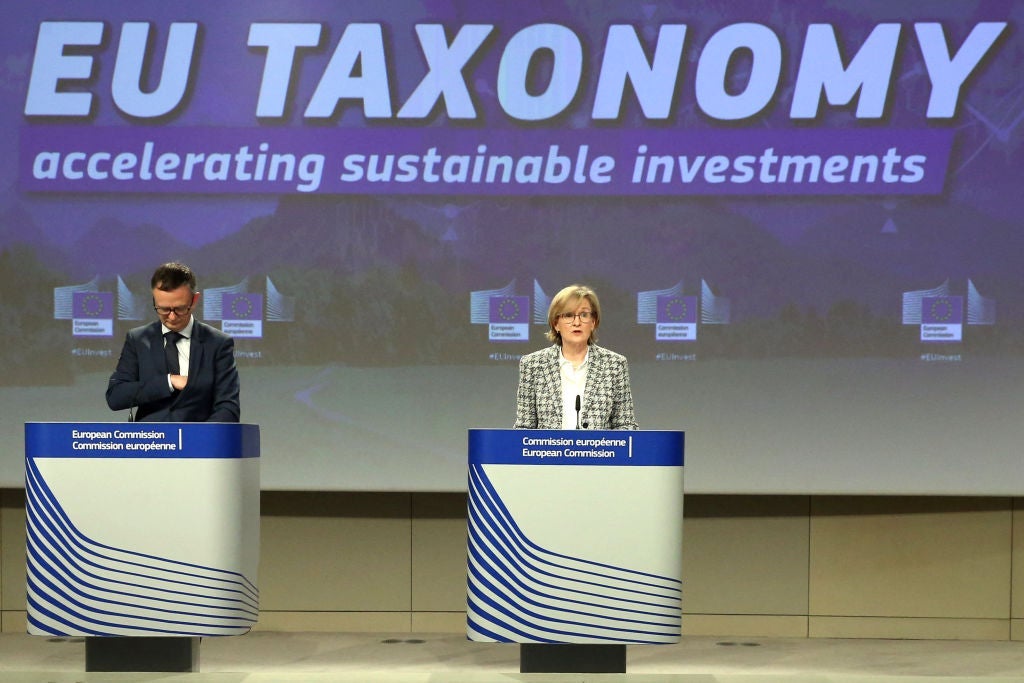
It has been a year of change and disruption – positive and negative – both in Europe’s politics and its leasing sector. Leasing Life asked some leading industry figures for their summaries of 2016
John Bennett, leasing consultant, head of JB Associates, and former chairman of Leaseurope
In terms of ‘big developments’ in asset finance, 2016 has been significantly more active than recent years, but the full effect of many of the year’s developments will not be seen for several years.
Professional qualifications in asset finance have been like London buses: you wait for ages, and then two came along at once in 2016.
The FLA’s diploma in asset finance and the Leasing Foundation’s initiative in establishing an MA in leasing and asset finance are aimed at different audiences, but they will both enhance the professionalism of our industry.
The long-awaited accounting standards for operating leasing were finally published. The impact on the leasing market could be similar to Brexit, in that there will be challenges, but also opportunities.
2016 was unusual with leadership changes at three major industry bodies: Leaseurope with Leon Dhaene as the new director general, the Leasing Foundation with Carl D’Ammassa becoming chairman, and the NACFB with Adam Tyler’s departure.
Strong market growth in new business volume continued throughout 2016, but the fastest-growing product was not finance or operating leasing or hire purchase: It was ‘Other Finance’ (mainly commercial loans and block discounting), up 20% on 2015 according to FLA statistics, and now accounting for 13% of total market volume.
Robert Peterson director of strategy & business development, ABN Amro Lease (on the Netherlands)
Leasing in the Netherlands is doing well. There has been €4bn of new production in the first three quarters of 2016, so it is very likely that the Dutch will pass the 2015 €5.2bn marker in 2016.
At that level the Dutch leasing market will approach the pre-crisis new business volumes, becoming the highest new business volume since 2008.
However, the industry here has been impacted by developments that cause some concern.
Interest rates are at an historic low, which on the plus side is drawing in growth in business investment from SMEs and corporates for their equipment and vehicles, boosting the leasing industry.
But this growth has attracted new competition to our markets, fuelled by an excess in liquidity, and investors looking for better yields on their capital invested. As a result margins for Dutch lessors are being challenged.
Most of us – in particular bank-owned lessors – are suffering from stricter compliance and other regulation. There are costs associated with compliance, and bank taxes put pressure on net profit.
In the meantime, we are preparing for the future – how to further digitise our business (not resulting in leasing being a commodity), how to deal with IFRS 16 (unavoidable), and how to benefit from fintechs and whether they are yet friends or enemies.
But less of concern is our cost of risk, thanks to the asset-based nature of our business.
I would like to wish everyone a nice Christmas holiday season, and to be prepared for 2017!
Mieczys?aw Wozniak, president and chief executive, mLeasing; deputy chairman, Polish Leasing
Association; member of the board of directors, Leaseurope (on the Polish market)
How well do you really know your competitors?
Access the most comprehensive Company Profiles on the market, powered by GlobalData. Save hours of research. Gain competitive edge.

Thank you!
Your download email will arrive shortly
Not ready to buy yet? Download a free sample
We are confident about the unique quality of our Company Profiles. However, we want you to make the most beneficial decision for your business, so we offer a free sample that you can download by submitting the below form
By GlobalDataIn 2016 the Polish leasing industry celebrated its 25th anniversary, and it is a perfect moment to emphasize the contribution of the industry to the overall success of the Polish economic transformation.
Since the very beginning the industry managed not only to match the investments financing needs of the growing Polish SME sector, but what is of utmost importance, to build the indispensable confidence capital among Polish entrepreneurs.
As a result new business volume increased by 95 times during last five years when compared to the first five years of the sector in Poland and in years 2011-2015 amounted to around PLN190bn (€45bn).
According to numerous studies, including an Oxford Economics Study on the use of leasing among European SMEs, both usage and penetration of leasing among Polish SMEs, is one of the highest in Europe, and approximately 30% of all Polish SMEs investments are financed by the leasing sector, compared to around 19% in the EU overall.
Today, the Polish leasing sector is the sixth-largest in Europe, with Poland being the 12th-largest European economy in terms of GDP. We estimate that around 500,000 Polish SMEs – out of around 1.85m in total – currently use leasing, i.e. have existing exposure.
2016 has also been the best year in the history of the leasing industry in Poland. In 2015 we reported new business volumes of around PLN50bn, and this year we report a 17.1% growth for the first three quarters of 2016 versus the same period the previous year.
Assuming a sustainable 8% growth for the period 2016-2020, the Polish leasing industry should finance investments amounting to around PLN280bn within this five-year period, contributing heavily to the growth of Polish GDP in the years to come.
As a consequence of the growth of the market in general, individual leasing companies are growing in size. This will be further supported by consolidation processes: This year we are observing two merger processes among major players – in both cases very large leasing entities will emerge, and in both cases these will be controlled by Polish capital.
We will also see growth in the importance of specialist and service offers, and we may expect the industry to leverage its position today among SMEs in the coming years.
Hopefully, high popularity of leasing among Polish entrepreneurs will be supported by a strong economy, low interest rates, a flow of EU funds and increased demand for financing, as the current penetration of corporate loans to GDP at the level of 46% – compared to a European average of 94% – indicates existing upside potential.
Marie-Christine Ducholet, CEO, Société Générale Equipment Finance ( on the French leasing market)
This year is marked by a return to growth in the French leasing market especially in the high-tech sector. We have seen double-digit growth in equipment leasing, with €12.6bn in the first half of 2016.
New investments have increased by 14.5% compared to the first half of 2015, based on ASF figures. In addition, important deals have been signed in the managed services sector.
The proximity of Société Générale Equipment Finance with vendors has been reinforced by these new deals signed in managed services which demand more attention due to a greater level of complexity.
In addition, we have seen final end clients becoming more demanding in 2016 regarding flexibility of solutions.
Charles Maddren, head of sales – Europe, Great American Lease & Loan Insurance Services
It is tempting to define the year in terms of Brexit. The referendum returned a result that few predicted, and seemed to reflect a mood of isolationism, sceptical of European partnership.
Yet this has not been my experience in my involvement in the industry – far from it. Demand for our European national and pan-European insurance products for the leasing and finance sector has grown this year.
For me, the year has been characterised by those – existing clients and new prospects alike – who seek support for a co-ordinated, multi-territory insurance programme for leased equipment portfolios.
The demand is for leasing insurance products which can span multiple jurisdictions, and can flex to meet local product needs and regulatory requirements through a single insurer contact.
The continuing low interest rates leave lessors seeking fee income sources as well as portfolio security, both of which are delivered by our programmes.
Geraldine Kilkelly, head of research and chief economist, Finance & Leasing Association (on the UK)
In 2016, the UK asset finance industry has built upon strong performances in the preceding two years. Despite increased uncertainty about the economic outlook following the UK’s vote to leave the European Union, the asset finance market continued to grow in the third quarter of 2016. Asset finance new business (primarily leasing and hire purchase) increased by 12% in Q3 2016 compared with the same quarter in 2015, the strongest rate of growth for more than a year. In the first nine months of 2016, overall new business was 8% higher than in the same period in 2015.
The business equipment finance and commercial vehicle finance sectors have reported the strongest rates of growth in 2016 so far, with new business in the nine months to September up by 16% and 10% respectively. Over that period, the IT equipment finance sector reported new business unchanged, in line with broader trends in IT investment in the UK. The plant and machinery finance sector returned to growth in the third quarter as new business increased by 6%, with particularly strong growth in new finance for agricultural equipment.
The FLA’s Q4 2016 Asset Finance Confidence Survey suggests a stable outlook for asset finance new business over the next 12 months. Two-thirds of respondents expect new business provided through the direct finance channel to remain stable.
Respondents providing new business through brokers and the sales finance channel are more optimistic, with 78% and 44% respectively expecting some increase in new business over the next year.







